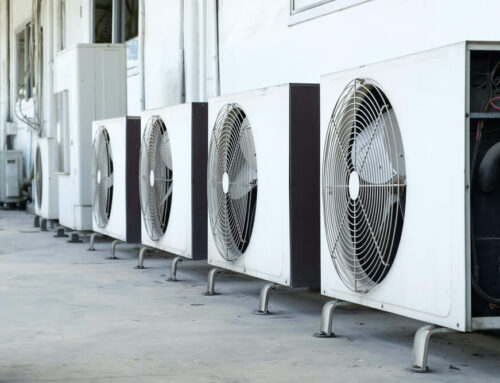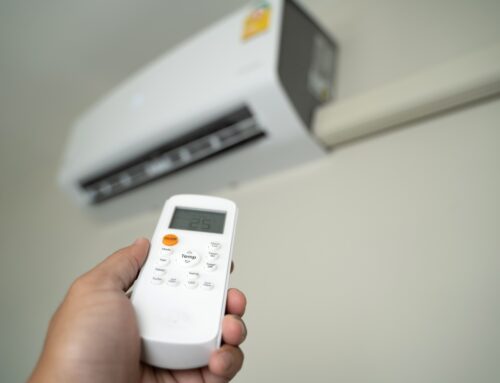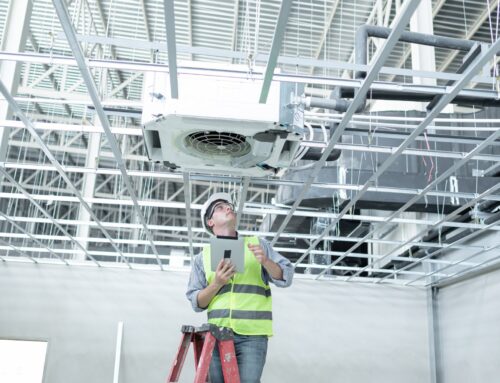Heating becomes a vital part of your home once the cold months kick in. Just imagine those idyllical grey and cold days within the comfort of your home. It’s that very heat that makes them enjoyable, and thus you probably need to understand what types of heating systems are present in the market today.
To make the best use of the heating system it’s good to know how heat is being distributed to your rooms and what choice of home heating options will give the best results.
1. Forced Air Distribution System
The forced air distribution system or the furnace is commonly found in homes across the U.S. With this system, the furnace is being powered by various sources such as natural gas, propane, oil or electricity. Heated and regulated air is then distributed to your home through a network of ducts.
Natural gas is the most used fuel for the furnace in the U.S., and the convenience of forced air distribution systems lies in the fact that the same duct network is used by the air-co system during the hot months.
2. Heat Pump
Heat pumps are extremely clean and environmentally friendly as they do not consume any type of fuel to create the heat needed for your home. Today, this technology isn’t exactly a novelty but is still not as present as some other traditional heating methods are.
Mainly, the technology is extremely efficient. It can also handle cooling, which comes as another benefit. One major flaw of heat pumps was the fact that they weren’t exactly efficient in the extremes, so users in the colder areas had to use additional heat sources during these times. With the updated technology, these issues have been tackled by making heat pumps fully functional even in colder climates.
3. Radiant Heating
Radiant heating systems rely on a simple principle: hot water is pumped through the piping, which is typically located on the floor (or walls). The water is heated in the central boiler and pumped through the pipes; the heat emitted through the flooring keeps us warm. The most commonly used sources for heating are gas, oil, propane or electric energy. Sometimes the same boiler is used for the whole building level.
4. Steam Radiant Systems
Characteristic of older residential objects, the steam radiant heating systems also rely on a boiler that sends the hot water to the radiators. These radiators are dispersed across the rooms to produce and emit heat. In this closed system, the cold water is always being returned to the boiler for reheating.
5. Electric Heating Systems
In scenarios where the houses are now equipped with standard heating installations with sources such as oil, gas, and propane, electric energy is the best solution for heating. You have the choice of installing baseboard heaters that can be controlled centrally or individually, depending on the setup.
While convenient in terms of installation, electric heating can bear a significant cost of heating, thus dramatically increasing your bill during winter.
If you are curious about your options and want to install heating in your home, give us a call and let us help with finding what’s the right choice for you. We take all factors into account and design a solution that will yield the best results for your space, keeping you warm while your bill is under control.






